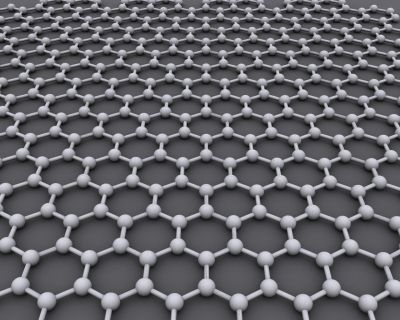Difference between revisions of "Electronic properties of 2D and 1D systems"
Jump to navigation
Jump to search
| Line 4: | Line 4: | ||
==Input set up for a low dimensional system:== | ==Input set up for a low dimensional system:== | ||
| − | Now we want to deal with systems of reduced dimensionality, e.g. periodic in one or two dimension but isolated in the other directions: | + | Now we want to deal with systems of reduced dimensionality, e.g. periodic in one or two dimension but isolated in the other directions. This is accomplished by: |
| + | * Isolating the system in the non-periodic dimension as seen in the | ||
| + | |||
| + | '''K-points and Gamma sampling''' | ||
| + | * The '''Brillouin zone''' of a infinitely large cell subject to PBC becomes a single point, '''Gamma'''. Because of this, even when using a large but finite cell, K-point sampling should not be used. This should not be relevant in terms of results (if it is, spurious interactions are present), but would result in a waste of computational resources. The so-called '''Gamma sampling''' should then be sued. | ||
| + | * Moreover, in view of the Gamma sampling, wave functions can be taken to be real, leading to more memory and computational time savings. | ||
| + | * In Quantum ESPRESSO one needs to set the following: | ||
| + | K_POINTS automatic | ||
| + | 1 1 1 0 0 0 # for Gamma sampling using complex wavefunctions | ||
| + | # deprecated, unless for testing or debugging | ||
==Exercises:== | ==Exercises:== | ||
===Exercise 1:=== | ===Exercise 1:=== | ||
Revision as of 10:52, 1 April 2021
Prev:LabQSM#Module 3: Low dimensional structures (6h)
Input set up for a low dimensional system:
Now we want to deal with systems of reduced dimensionality, e.g. periodic in one or two dimension but isolated in the other directions. This is accomplished by:
- Isolating the system in the non-periodic dimension as seen in the
K-points and Gamma sampling
- The Brillouin zone of a infinitely large cell subject to PBC becomes a single point, Gamma. Because of this, even when using a large but finite cell, K-point sampling should not be used. This should not be relevant in terms of results (if it is, spurious interactions are present), but would result in a waste of computational resources. The so-called Gamma sampling should then be sued.
- Moreover, in view of the Gamma sampling, wave functions can be taken to be real, leading to more memory and computational time savings.
- In Quantum ESPRESSO one needs to set the following:
K_POINTS automatic
1 1 1 0 0 0 # for Gamma sampling using complex wavefunctions
# deprecated, unless for testing or debugging
